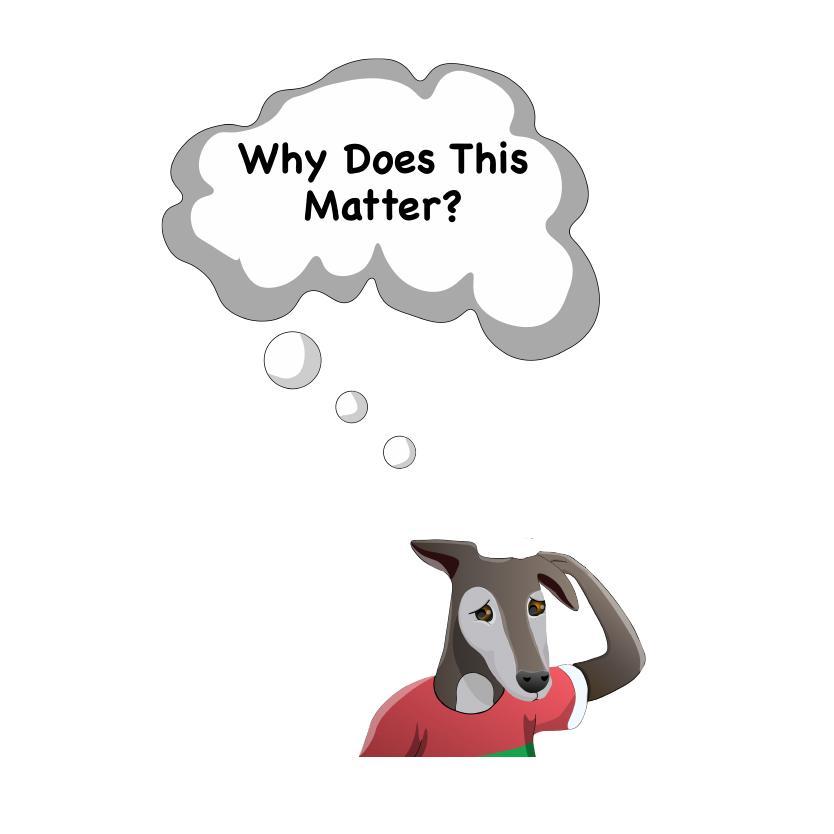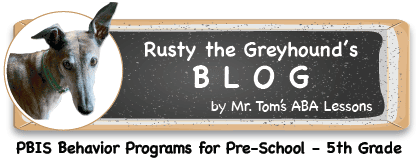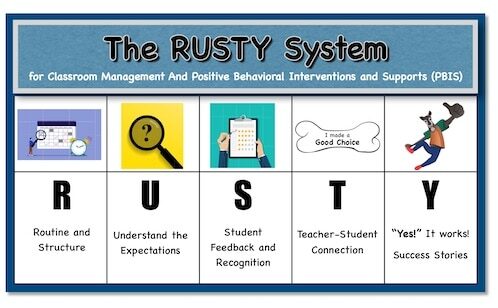
Whether you are at home, in public, at work, or anywhere else, your county’s laws apply to you. Similarly, your workplace policies apply across the board, including in the classroom, school, district, state, and county. Consider how to apply this concept of Consistent Behavior Protocol and rules to a learning environment.
In a previous blog post, we established the importance of routines and structure in a classroom setting. Also, we learned ways to create a token economy (like a “paycheck”) for your students. Similarly, establish a consistent behavior protocol for how children can ask for help across settings and caregivers. As the ‘S’ for student feedback and engagement in the RUSTY System, consistent behavior protocol is another crucial Positive Behavioral Interventions and Supports (PBIS) strategy.
What are the benefits?

Consistent behavior protocol means establishing routine and structure for how a student will receive feedback based on how the student understands the expectations for learning. For this reason, if everyone gives the same student a “paycheck” equally, holding the child to the same expectations every time, you will see better classroom behavior.
Additionally, the classroom behaviors you consistently practice with the students will generalize to different situations and activities. Generalization happens when a person is able to do a task, activity, or behavior no matter the place, person, or time involved.
Why does this matter?

Suppose your student earns a “paycheck” from one person but doesn’t from another. In this case, the new behaviors will not generalize to different settings or caregivers as quickly as possible. Rewards (their “paycheck”) and verbal cues act as student feedback to improve children’s engagement.
This form of student feedback must be consistent in every setting, even with different people. This consistency, used as an evidence-based instructional practice (EBIP), teaches students how to socially engage in learning environments. For students who require special education, this classroom management strategy is especially important.
What does this look like?

Use Applied Behavior Analysis (ABA) to establish and encourage your community’s consistent behavior protocol, including in your classroom, in the school environment, and in the home environment. This ABA requires communication with the adults present in the children’s lives.
For example, an entire school may use the same token economy as “paychecks” for all students. A fellow teacher shared with me how her school used “Seahawk bucks” (named for the school mascot). The worth of the tokens and the rewards the students can exchange for the tokens must be consistent.
This school hosted teacher training for how to consistently distribute Seahawk bucks for PBIS. The principal of this school determined students with 50 Seahawk bucks could all view a movie together, rather than go to certain class periods, on the last day of the semester.
Model for your students what words to say when they get upset and want to escape an instruction. For example, teach a child they can say “I don’t know if I can do this because . . .” with an explanation. When the child explains why they think they cannot (or don’t want) to complete an activity, listen and help them reason out how they can best achieve the activity.
Teach the students to respond to the verbal cues of “use your words” and “What do you need help with?”. This modeling technique applies to play time, too. Model new or different ways to play with the toys or games.
Remember, consistency is key in behavior protocol. Give the adults in the students’ lives the “buy in” attitude that modeling and using these techniques will improve behavior both inside and outside the classroom. To provide the best learning environment possible, teachers and caregivers must hold students equally accountable.
Image by Gerd Altmann from Pixabay



